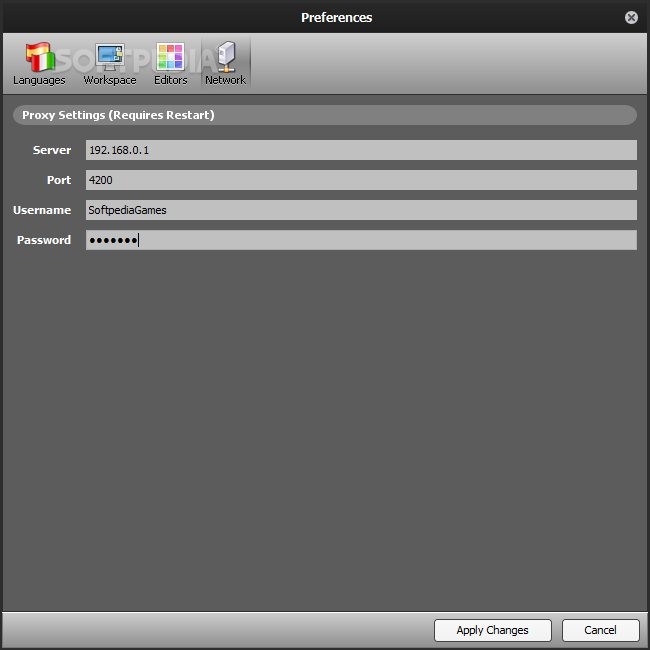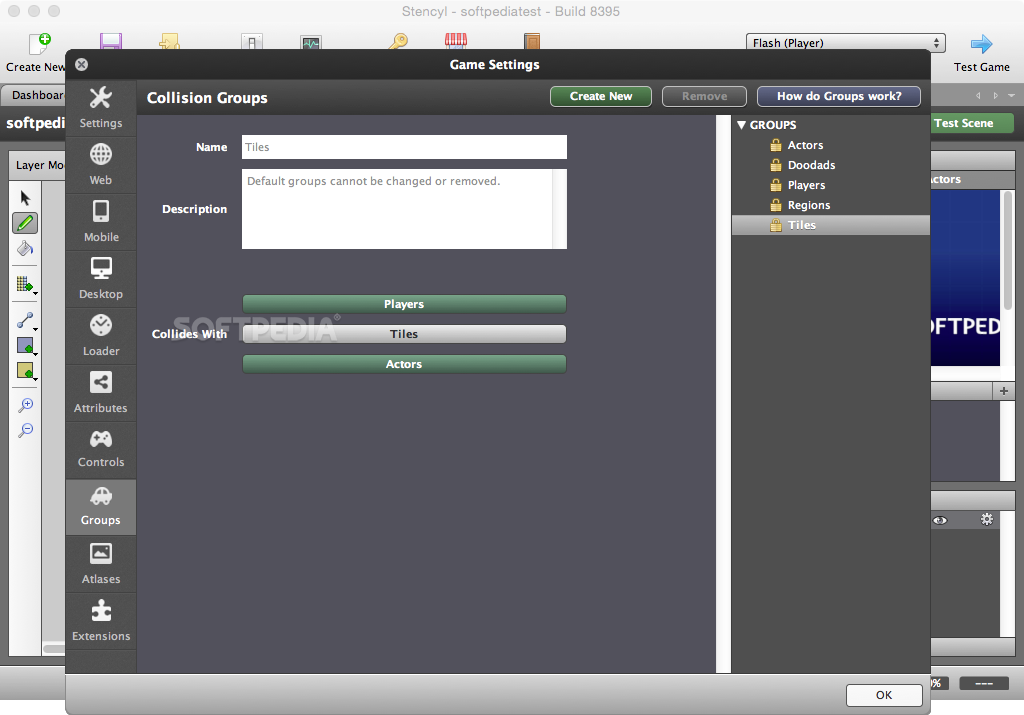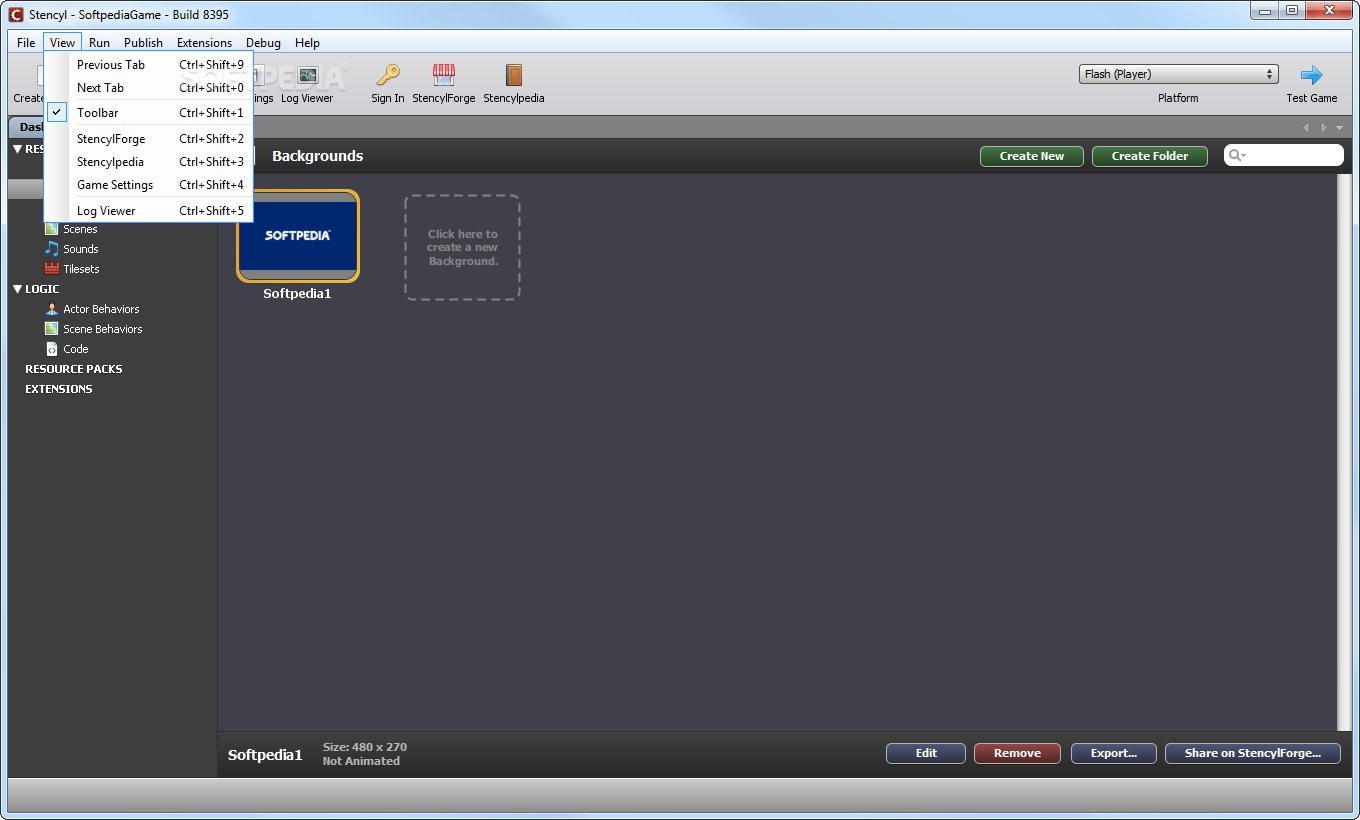
LastCreatedActor - Static Property, class. Helper variable for tracking whether the mouse was just pressed or just released. Helpers for moving/updating group members. Label(font: :Font, text:String, x:int, y:int) - Constructor, class. The last one is “Die in pit and reload”, but there is nothing to configure.A B C D E F G H I J K L M N O P Q R S T U V W X Y Z For “Stomp on enemies” choose the stompable group to “enemies” and the jump key to “action1”.

We are not quite done yet as there are a few more behaviors we need to add, namely “Die in pit and reload” and “Stomp on enemies”. Repeat this step (by clicking on “Add Behavior” on the bottom left) but now with jumping, make sure to add the key as “action1” to make the player jump and to add the jump sound from the drop down as well. They are self explanatory and clicking them will enable you add the corresponding animations. Once added a screen will be presented that is asking for some animations.

Click in the middle of the screen and add the walking animation for Noni. What you need to do is go into the specific actor screen for “Noni” and “Clown” then select “Behaviors” on the top middle of the screen. This will bring more life into the game and add some animations as well. Now it is time to give the actors some behaviors. This tutorial does not use scripts, however. Scripts can do almost anything to the game and can prove to be quite helpful.
STENCYL WHEN UPDATING CODE

This is where all of the resources and their respective options are held, as well as logic pieces like code. Finally, there is the red panel, this is a lot more complicated than the other panels. In the picture above this space is being used to display all of the actor types in the game. Next is the green section, this is where all of the options will appear when working with a particular resource. This includes the ability to create a new resource, save the game, change platform and test the game. Starting with the blue panel on the top, this is where some quick shortcuts are spread out. The user interface is split into three main parts, which are colored for demonstration purposes.


 0 kommentar(er)
0 kommentar(er)
